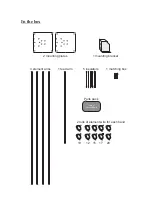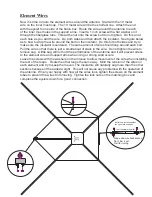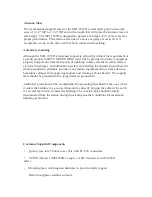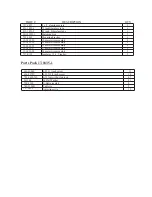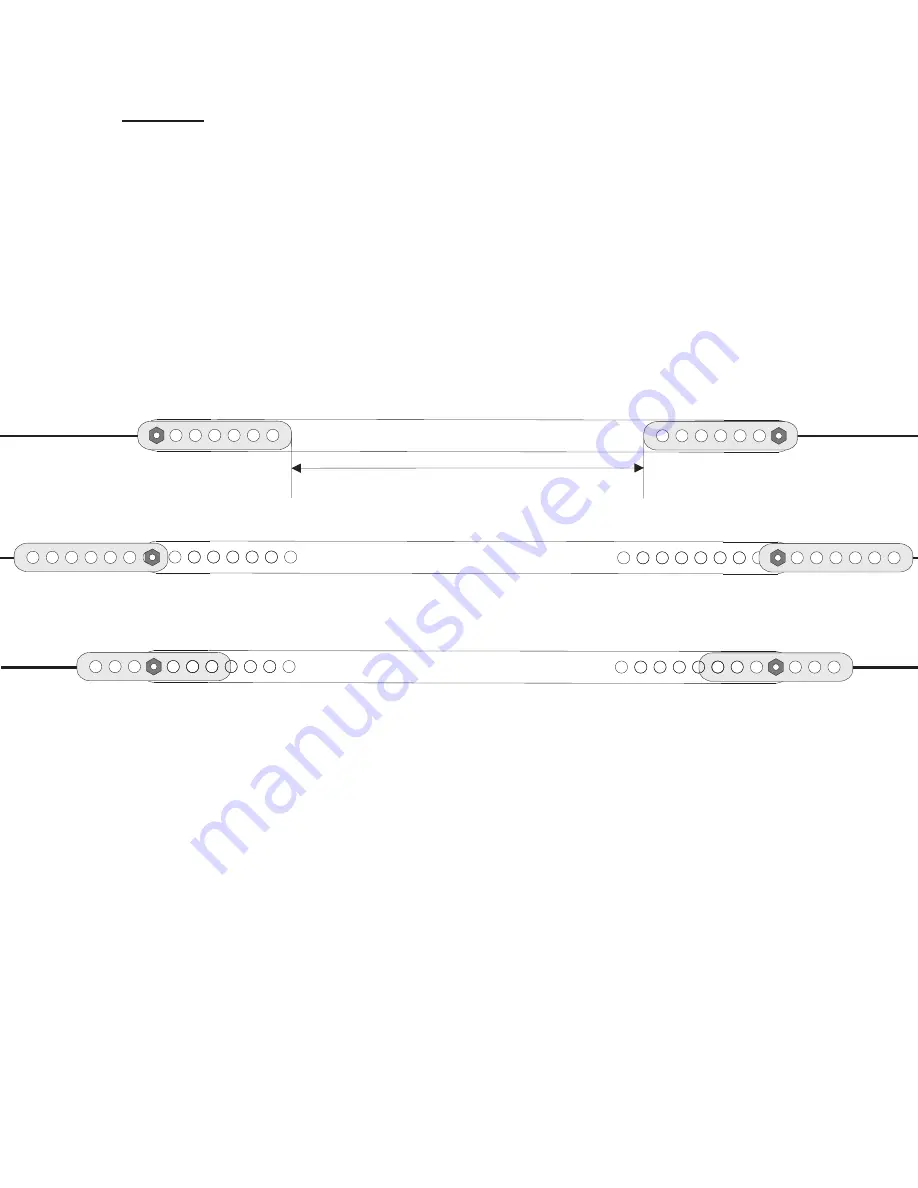
Tuning
The antenna should already be close the correct frequency for each band. Tuning
strips have been included to adjust the frequency of operation for each band. Use an
SWR analyzer or transceiver with an SWR meter to determine where the antenna
is tuned to. The antenna should be at least 6 feet off the ground for any measurements
to be close to final frequency when permanently mounted.
Adding the tuning strips to the ends of the wire will lower the operating
frequency without changing the length of the wire. Both sides should be
in the same hole location. Select the correct hole for the frequency you want.
This location will be the lowest frequency
This location will be the highest frequency
This location will be between the two
EXAMPLE
Remember that It is not necessary to add the strips if the antenna is already at
the frequency you desire. You may move the ends of the wire to inner holes on
the insulator if you need more length. The tunning will be dependent on location
of the antenna and the tension on the wires.
Take your time tuning the antenna. Center each band at the location you most
like to operate. Once you raise the antenna, check the tuning again to ensure
that it has not changed. Objects surrounding the antenna in its final mounting
location can cause the frequency to shift. If this is the case, it may take a few
adjustments before you get it right.
This distance is what determines the tuned frequency.
Decrease for lower frequency. Increase for higher frequency



